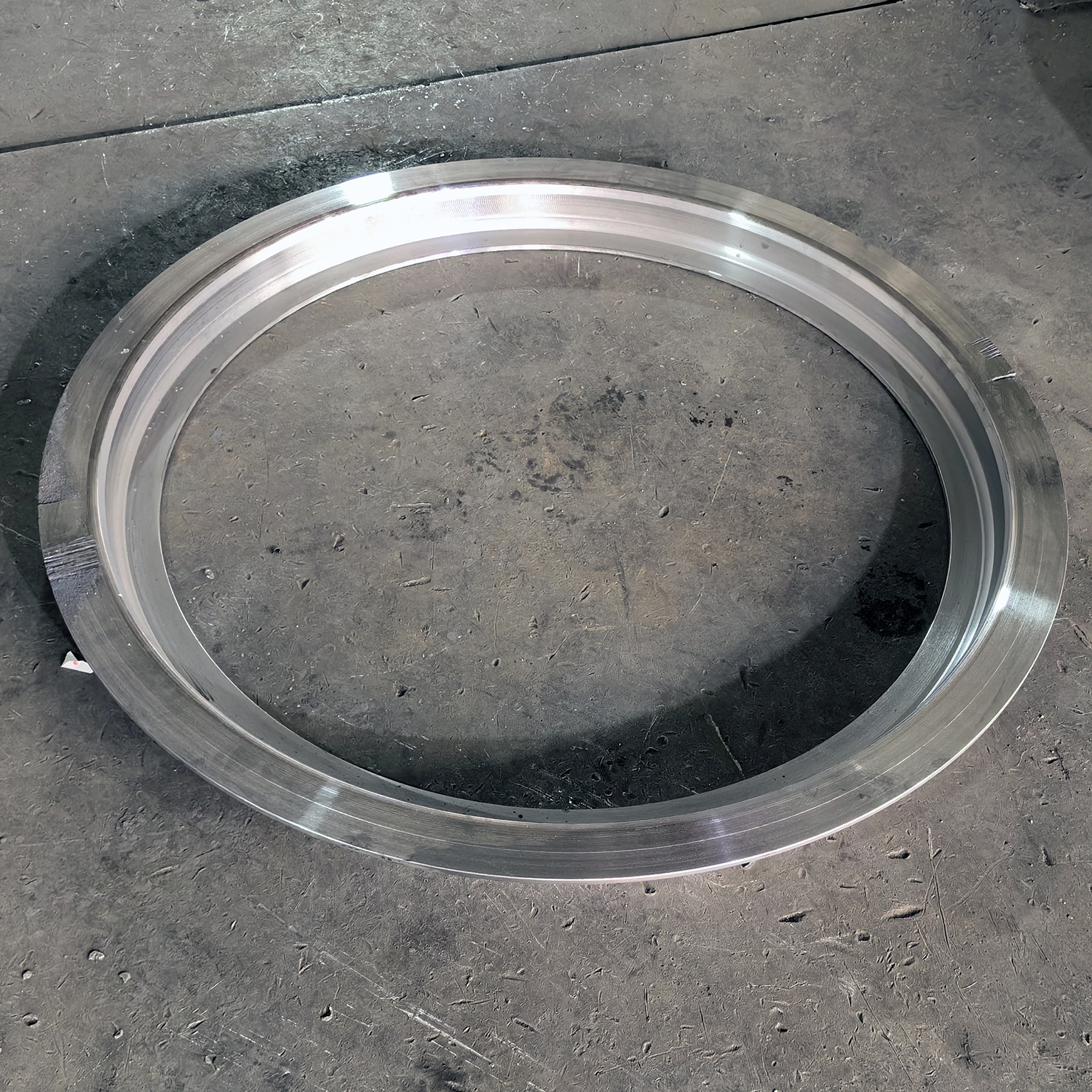- Afrikaans
- Albanian
- Amharic
- Arabic
- Armenian
- Azerbaijani
- Basque
- Belarusian
- Bengali
- Bosnian
- Bulgarian
- Catalan
- Cebuano
- China
- China (Taiwan)
- Corsican
- Croatian
- Czech
- Danish
- Dutch
- English
- Esperanto
- Estonian
- Finnish
- French
- Frisian
- Galician
- Georgian
- German
- Greek
- Gujarati
- Haitian Creole
- hausa
- hawaiian
- Hebrew
- Hindi
- Miao
- Hungarian
- Icelandic
- igbo
- Indonesian
- irish
- Italian
- Japanese
- Javanese
- Kannada
- kazakh
- Khmer
- Rwandese
- Korean
- Kurdish
- Kyrgyz
- Lao
- Latin
- Latvian
- Lithuanian
- Luxembourgish
- Macedonian
- Malgashi
- Malay
- Malayalam
- Maltese
- Maori
- Marathi
- Mongolian
- Myanmar
- Nepali
- Norwegian
- Norwegian
- Occitan
- Pashto
- Persian
- Polish
- Portuguese
- Punjabi
- Romanian
- Russian
- Samoan
- Scottish Gaelic
- Serbian
- Sesotho
- Shona
- Sindhi
- Sinhala
- Slovak
- Slovenian
- Somali
- Spanish
- Sundanese
- Swahili
- Swedish
- Tagalog
- Tajik
- Tamil
- Tatar
- Telugu
- Thai
- Turkish
- Turkmen
- Ukrainian
- Urdu
- Uighur
- Uzbek
- Vietnamese
- Welsh
- Bantu
- Yiddish
- Yoruba
- Zulu
Oktoba . 14, 2024 06:39 Back to list
Various Types and Methods of Aluminium Casting Techniques Explained
Types of Aluminium Casting
Aluminium casting is a process where molten aluminium is poured into a mould to create various components and parts. This process is widely used in various industries due to the unique properties of aluminium, such as its lightweight, corrosion resistance, and excellent thermal and electrical conductivity. There are several methods of aluminium casting, each suitable for different applications and types of products. In this article, we will explore the primary types of aluminium casting and their respective advantages and disadvantages.
1. Sand Casting
Sand casting is one of the oldest and most widely used forms of metal casting. In this process, a pattern made of wood or metal is used to create a sand mould. The sand is mixed with a binder to hold its shape and is packed around the pattern. Once the pattern is removed, molten aluminium is poured into the mould cavity.
Advantages - Flexibility to produce large and complex shapes. - Lower initial tooling costs compared to other methods. - Suitable for small production runs or prototypes.
Disadvantages - Lower surface finish quality compared to other techniques. - Longer production times.
2. Die Casting
Die casting is a high-pressure casting method where molten aluminium is injected into a metal die under pressure. This process allows for more precise and intricate designs with a smoother finish. Die casting is typically used for high-volume production of small to medium-sized components.
Advantages - High dimensional accuracy and excellent surface finish. - Fast production rates and low labour costs, suitable for mass production. - Minimal waste of material.
Disadvantages - High initial tooling costs due to the need for durable die sets. - Limited to simpler shapes due to the complexities of die creation.
Investment casting, also known as lost-wax casting, is a precision casting method that involves creating a wax pattern coated with a ceramic shell. Once the shell is hardened, the wax is melted, leaving a cavity for the molten aluminium. This process is especially beneficial for producing intricate and detailed components.
types of aluminium casting

Advantages - Superior surface finish and dimensional accuracy. - Ability to create complex geometries that would be difficult with other processes.
Disadvantages - Higher costs associated with the production of patterns and ceramic shell. - Generally suited for lower production volumes.
4. Permanent Mold Casting
In permanent mold casting, molten aluminium is poured into reusable metal moulds. This method allows for excellent control over the solidification process, leading to improved mechanical properties in the final product. It’s often used for producing medium to high quantities of components.
Advantages - Better surface finish and dimensional accuracy compared to sand casting. - Economic for medium to high production rates.
Disadvantages - Higher initial costs for mould fabrication. - Limited to parts that can be easily extracted from the mould.
5. Gravity Casting
Gravity casting involves pouring molten aluminium into a mould under the force of gravity. This method can be used with various types of moulds, including sand, metal, or ceramic. Gravity casting is particularly advantageous for larger components where the precision of die casting might not be necessary.
Advantages - Simplicity and lower costs compared to pressure casting methods. - Ability to cast large and complex shapes.
Disadvantages - Lower precision compared to die casting. - Not suitable for very thin-walled sections due to the reliance on gravity alone.
Conclusion
Aluminium casting is a versatile and effective method for producing a wide range of components used across multiple industries. From sand casting’s flexibility to die casting’s high precision and speed, each type offers distinct advantages and limitations, making them suitable for different applications. Understanding these various casting techniques can help manufacturers choose the optimal method for their specific needs, ensuring quality, efficiency, and cost-effectiveness in production. As technology advances, the efficiency and capabilities of aluminium casting methods continue to evolve, promising even more innovations in the future.
-
Casting Bollards for Sale - Custom & ODM Solutions
NewsMay.08,2025
-
Custom Commercial Hot Water Heat Exchangers High-Efficiency & Durable
NewsMay.08,2025
-
Premium Casting Parts Supplier - Custom Grey Iron, Stainless Steel & Brass
NewsMay.07,2025
-
FRC Concrete Pipe Mold/Mould Bottom Ring Durable Precision Design
NewsMay.07,2025
-
Original Chinese Factory Supplier for Durable Concrete Pipe Mold Bottom Rings
NewsMay.07,2025
-
High-Strength Sodium Slicate Sand Casting Custom & ODM Services
NewsMay.07,2025


